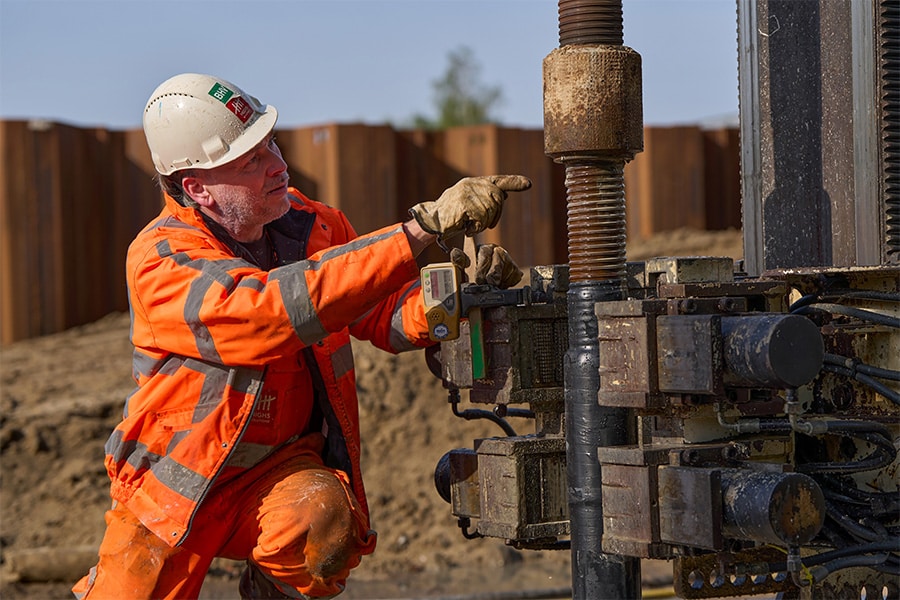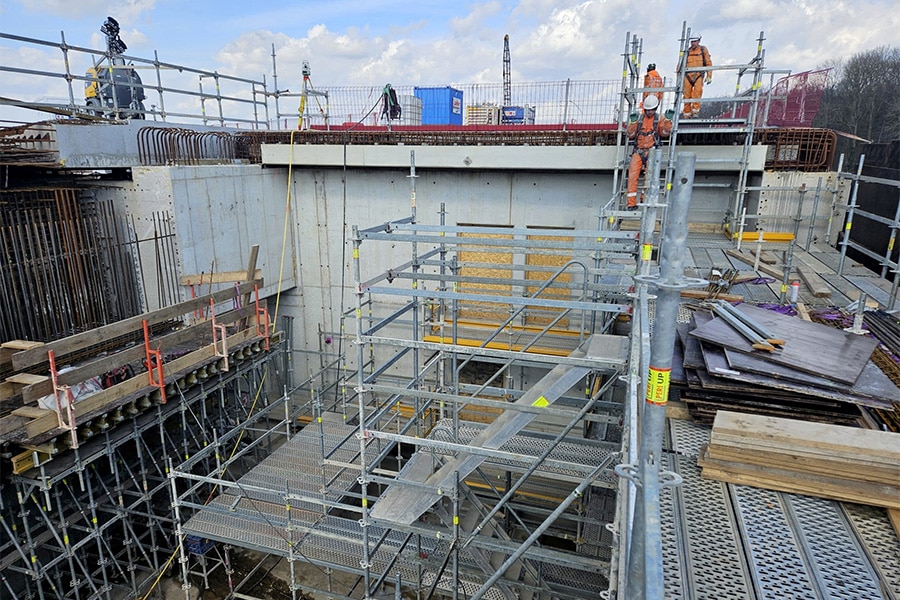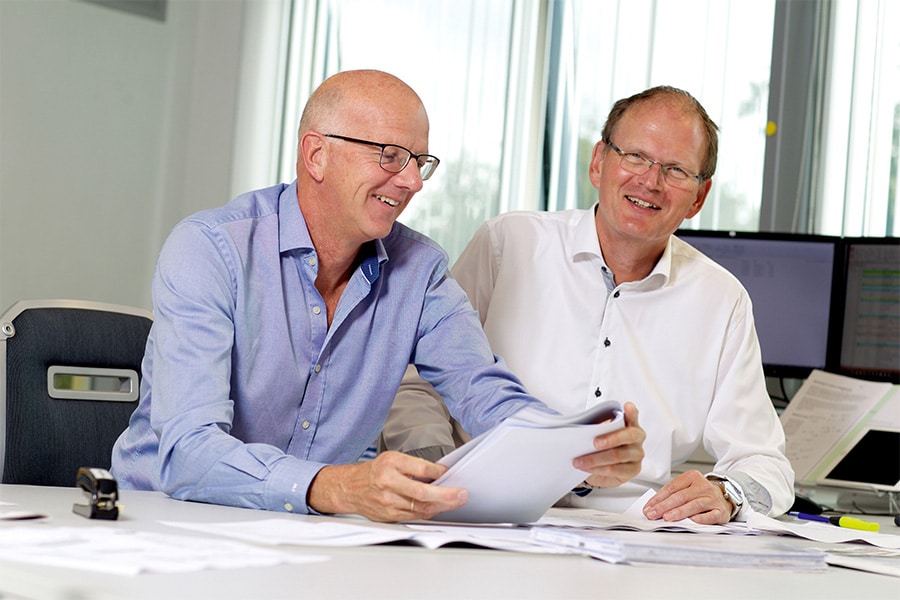
Groundwater level integral monitoring
It is not only climate change that causes groundwater levels to drop or, on the contrary, rise to extreme levels; large-scale drainage operations or dredging activities can also cause sensitive subsurface settlements with all their consequences. Royal Eijkelkamp has developed a concept to monitor groundwater levels efficiently and integrally. The so-called groundwater monitoring networks and related techniques can count on great interest.

Civil and infrastructural works can have major effects on the groundwater level in the vicinity. "Local residents experienced this first hand during maintenance work on the Twente canals about ten years ago," knows Erik Schrier, account manager at Royal Eijkelkamp. "Reason enough for Rijkswaterstaat to take a different approach when widening the Twente canals, a project that will run until the end of 2023. We were commissioned to build a groundwater monitoring network with a total of 254 monitoring wells in residential areas, agricultural areas and locations around the canal, so that adjustments can be made in time in the event of deviations."

Connected monitoring wells
So a groundwater monitoring network is formed by a large number of monitoring wells. "The pressure sensor in the monitoring well is connected to a modem and sends the data to a web portal," Schrier explains. "Depending on how the client wants the data delivered, we filter, validate and visualize it. Sometimes they also want to look under the 'hood' and we only deliver the raw data." In addition to infrastructure projects, municipalities, provinces and water boards also benefit from real-time insight into groundwater levels. "Every municipality has a groundwater care obligation under the Water Act," says Schrier. "A certain target level must be maintained, and it must also be monitored. For various municipalities and water boards, we have constructed such monitoring networks, often with many hundreds of monitoring points. For Enschede and the five surrounding municipalities we manage a monitoring network of 590 monitoring points, for Waterschap Vallei en Veluwe we manage 800 monitoring points and for the Water Innovation Network (WINNET) 240 monitoring points."

Related techniques
The groundwater monitoring network may be owned by municipalities or other clients. "In that case, we take care of the management and maintenance, such as periodically cleaning the monitoring point and performing control measurements. What we increasingly see is that we remain the owner of the equipment ourselves and only supply the validated data as a service. The client or his or her consultant interprets the validated data in relation to the research purpose for which the data are collected," Schrier states. "Governments increasingly want to be unburdened in this area. We have so much experience with groundwater monitoring networks that we can also use this technique, albeit with other sensors coupled to telemetry, to measure soil moisture, flow rates, evaporation and water quality. Soil moisture monitoring networks are mainly set up by water boards and farmers focusing on the zone above the groundwater, the unsaturated zone. Based on the collected data, the water balance can be regulated. The same is true of flow measurement networks that record the water discharged through ditches and canals. Water quality monitoring networks allow us to monitor the general quality of the water: acidity, turbidity, oxygen content, electrical conductivity, et cetera. Real-time monitoring makes it possible to make timely adjustments in case of deviations so that nuisance or damage is prevented as much as possible."
Royal Eijkelkamp has also recently acquired measuring equipment (inclinometers, crack meters, among others) for monitoring subsurface settlements or buildings and performing geotechnical measurements such as pore pressure. "We can also include this measuring equipment in measurement networks and connect it to telemetry and a web portal if required."



